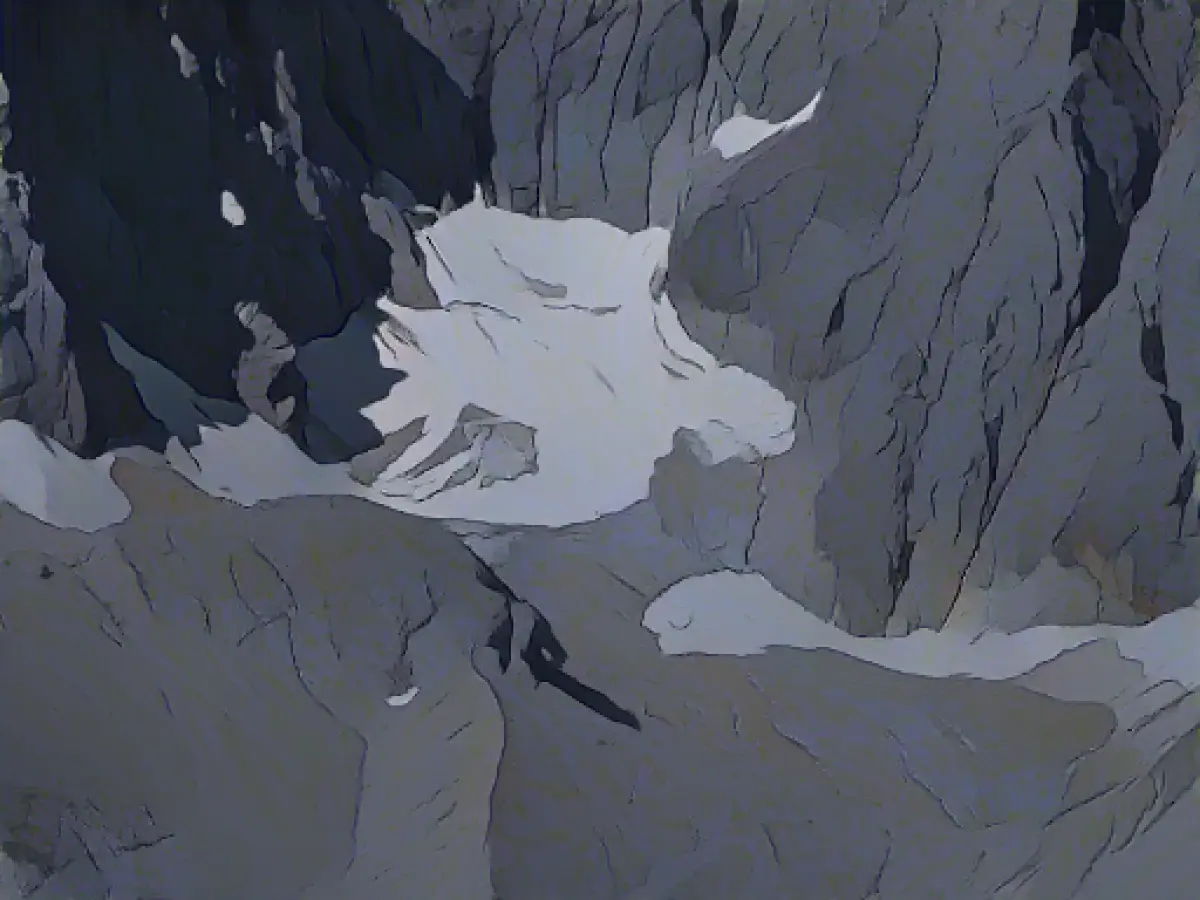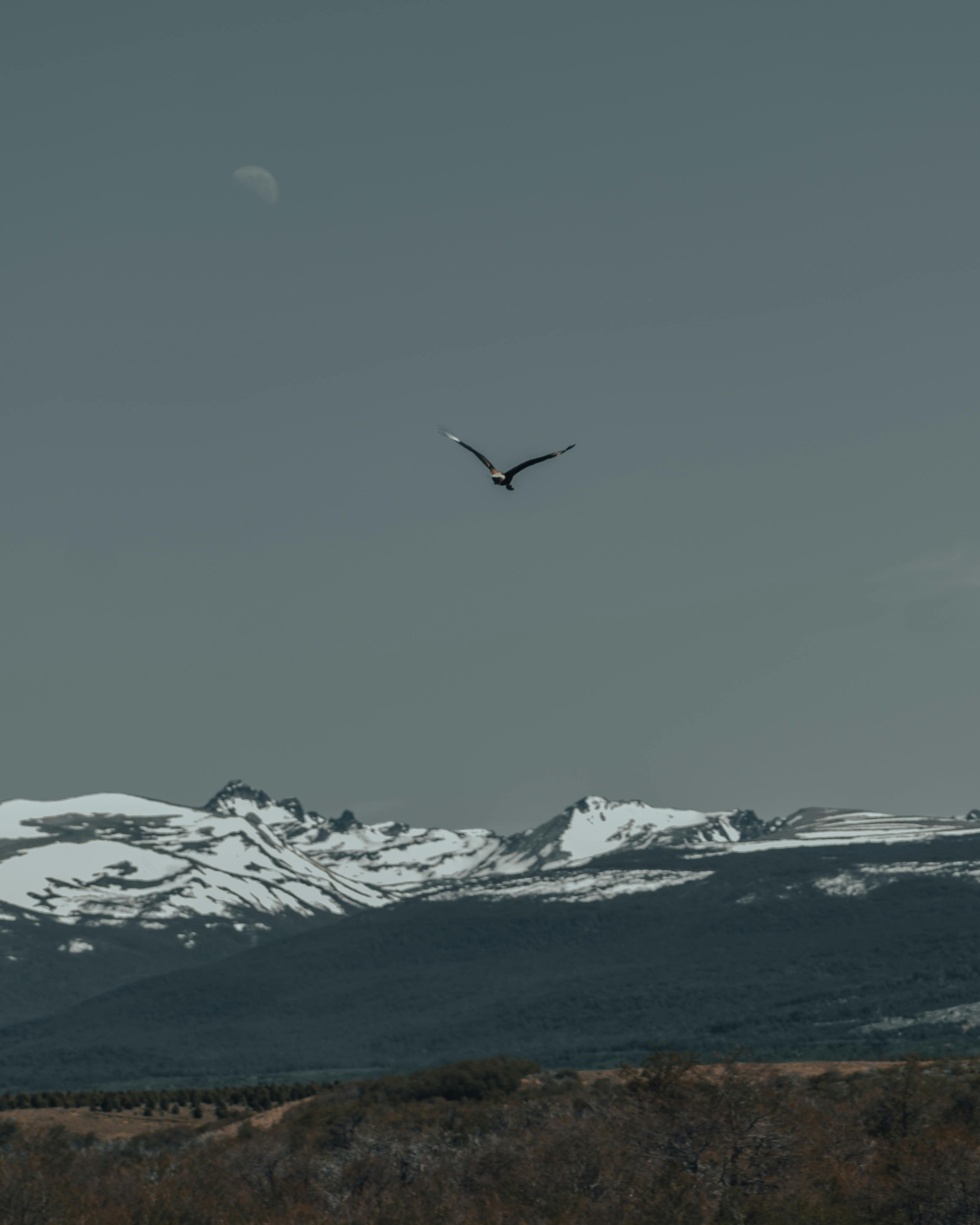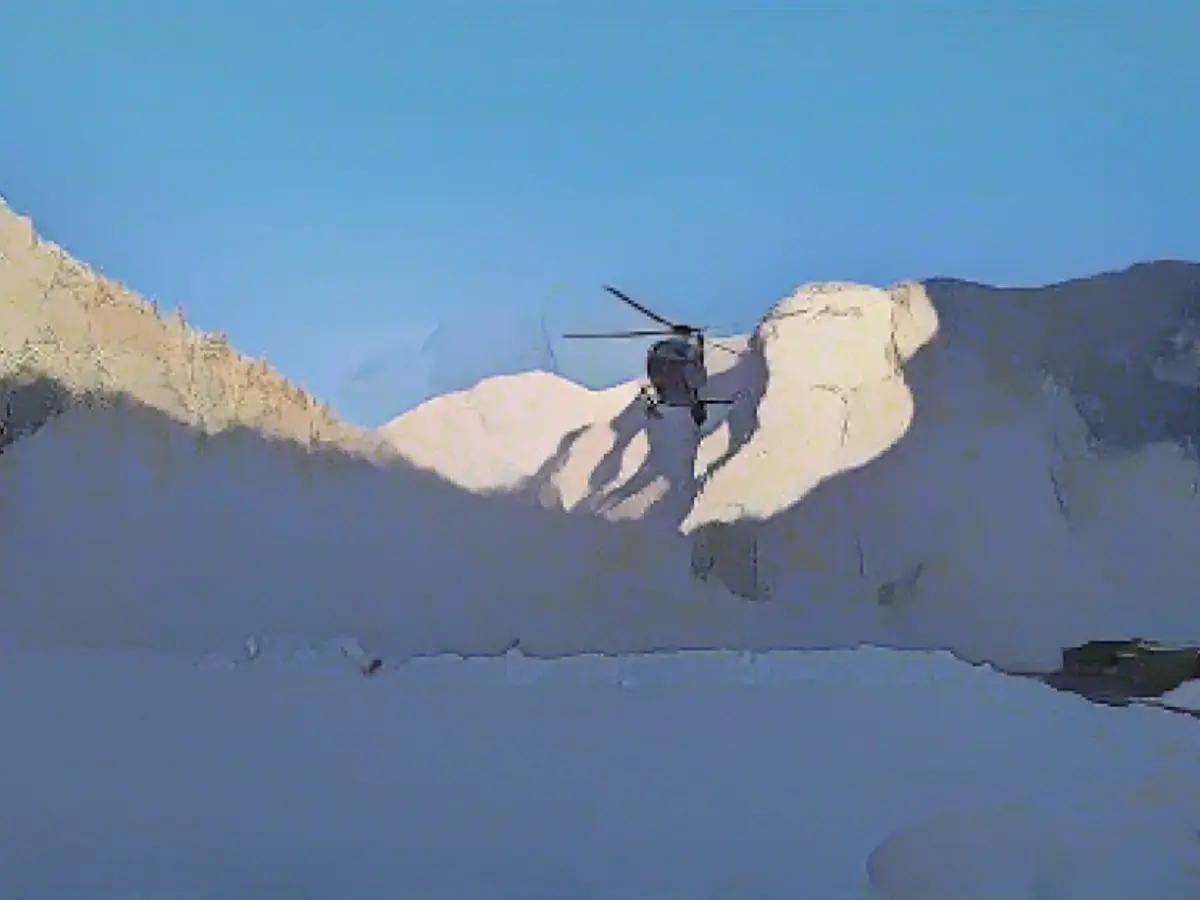The summer of 2022 brought both hope and despair to Germany's lingering glaciers. fortunate news surfaced for a couple of the country's last four glaciers, located on the Zugspitze and within the Watzmann region. They endured the summer months better than anticipated, preserving their glacier tag for now.
However, it's essential to acknowledge that these icy giants cannot be salvaged. Researchers from the Bavarian Academy of Sciences and Humanities (BAdW) predict the last vestiges of these "everlasting" ice sheets will vanish in approximately 15 years.
Measurements performed by BAdW scientists confirmed that the Watzmann and Blaueis glaciers, situated near Berchtesgaden, suffered only minimal surface loss during the summer. The precise ice volume data are yet to be analyzed, owing to the intricacy of the process.
Glaciologist Christoph Mayer from BAdW expresses optimism, commenting that the glaciers in Berchtesgaden haven't undergone as much damage as anticipated during the summer. Remarkably, throughout the season, these glaciers harbored snow, which acts as a shield against sunlight, further preserving the ice.
Conversely, Germany's tallest mount, the Zugspitze, faces grim prospects this year. The Höllentalferner and the Nördlicher Schneeferner have suffered substantial shrinkage. With the Nördlicher Schneeferner being exposed to direct sunlight and temperatures soaring high, it has suffered the brunt of the melting process.
The summer of 2022 brought a somber moment for the faithful as Protestant and Catholic church representatives held a requiem for the Nördliche Schneeferner on the Zugspitzplatt. The purpose of this ceremony was to draw attention to the climate crisis and render tribute to the glacier's impending demise.
Justifying the removal of the Südlicher Schneeferner's glacier status, experts revealed that the ice mass had shrunk to a mere 1.5 hectares from its original 3 hectares four years ago. Owing to its diminished size and lack of fluidity, the glacier no longer qualified for the designation.
The lack of snowfall as precipitation is a key contributor to the glaciers' alarming decrease in size. Glaciologist Laura Schmidt of the Schneefernerhaus environmental research station on the Zugspitze explains that less snow naturally protects the glaciers from harmful sunlight, melting them at an accelerated rate.
This year's extended warm September and October, the hottest since record-keeping, took a heavy toll on the ice. The northern Schneeferner has been hardest hit, experiencing a significant decline in size during the summer months.
The Höllentalferner holds on to its tenure with resilience, due to its sheltered location and regular avalanche feeding. Scientists in the BAdW expect the Höllentalferner to last for at least a few more years, allowing Germany to hold onto its glaciers for a little while longer.
References:






